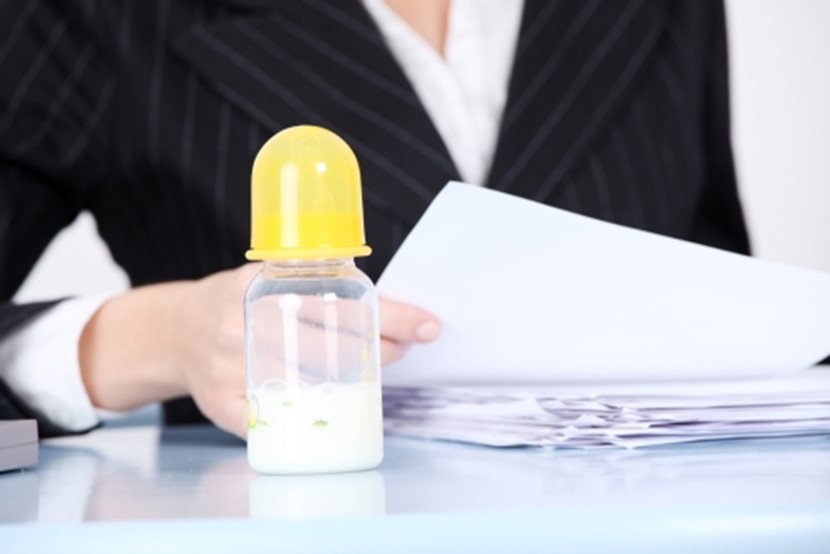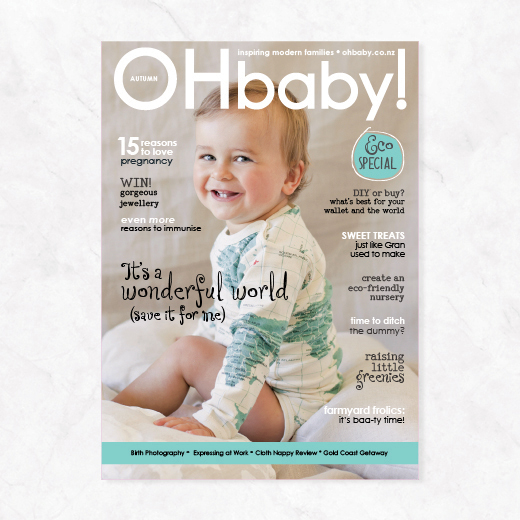Top Tips For Expressing At Work

1 Introduce baby to the bottle well before you go back to work. If you leave it too late you may find that baby refuses it, and this can be really difficult for both of you. Just as baby needs to get used to drinking from a bottle, you also need to get used to expressing. So, make sure you get into the swing of things a good few weeks before you head back to work.
Isis McKay, from Women’s Health Action, says to maintain your milk supply you need to keep up frequent breastfeeding on those days when you’re not working.
Philips AVENT supports the “Return to Work” classes run by Parents Centre throughout the country. Breastfeeding is just one of the many subjects covered. Visit parentscentre.org.nz for more information.
2 You may find let-down comes much more easily if you have a picture of your little one to look at, or even a recording of your baby’s hunger cry.
3 Just as a tradesman is only as good as his tools, you want to be sure you’re working with the best equipment. Expressing by hand is usually the most comfortable but it can be slow. Electric breast pumps are quicker and more efficient than manual ones but also more expensive. They can be bought or hired from a chemist, lactation consultant, hospital, online or at some maternity stores. Try borrowing or hiring a breast pump before you buy one. And if you’re expressing more than once a day you’ll also need a microwave steriliser. A chiller bag is also a must-have to keep that liquid gold safely stored until you get home.
4 Chat to your employer even before you go on maternity leave about your plans. It’s important to be upfront and honest and give them enough time to make preparations for your return. For instance, you might need to negotiate your daily tasks, because you may not be able to travel and keep up your breastfeeding. You’ll also want your colleagues to know that you’re not skiving off your duties, so be subtle but honest. Perhaps you could arrange to have a “buddy” who will cover for you while you’re on your feeding/expressing break.
5 Draw up a feeding/expressing schedule and stick to it. As a general rule, Isis says if your baby is around six months old you should express two or three times a day while at work. Give your baby a breastfeed in the morning, and another when you get home from work. It’s necessary to avoid painful, engorged breasts which can lead to mastitis.
If possible take shorter, more frequent breaks. For example if you express three times for 10-15 minutes instead of twice for 30 minutes you’ll be expressing for about the same amount of time, but will be stimulating the milk glands more frequently, which triggers better milk production.
6 Leave your smart phone on your desk. Expressing or feeding is an important job, and you should try to give it your undivided attention, especially in those first few weeks while you build your confidence. That said, if you’re particularly adept at texting with one hand, then text and pump, girlfriend, text and pump!
7 Keep a stockpile of frozen milk in bags in the freezer to cover you for those days when you won’t be able to express.
8 If you’re lucky enough to have a caregiver who can bring baby to you then you’ll need to make sure that easy carparking is available.
9 Have a good supply of breast pads and if you do find your breasts leaking at an inappropriate time, cross your arms and discreetly apply firm pressure on the nipple for a minute or two. That should control the flow.
10 Make sure you have a snack and a large glass of water with you when you’re feeding or expressing. One of the biggest problems working mothers face is emotional and physical fatigue. So prioritise rest and make sure to ask for help when you need it.

AS FEATURED IN ISSUE 21 OF OHbaby! MAGAZINE. CHECK OUT OTHER ARTICLES IN THIS ISSUE BELOW

















